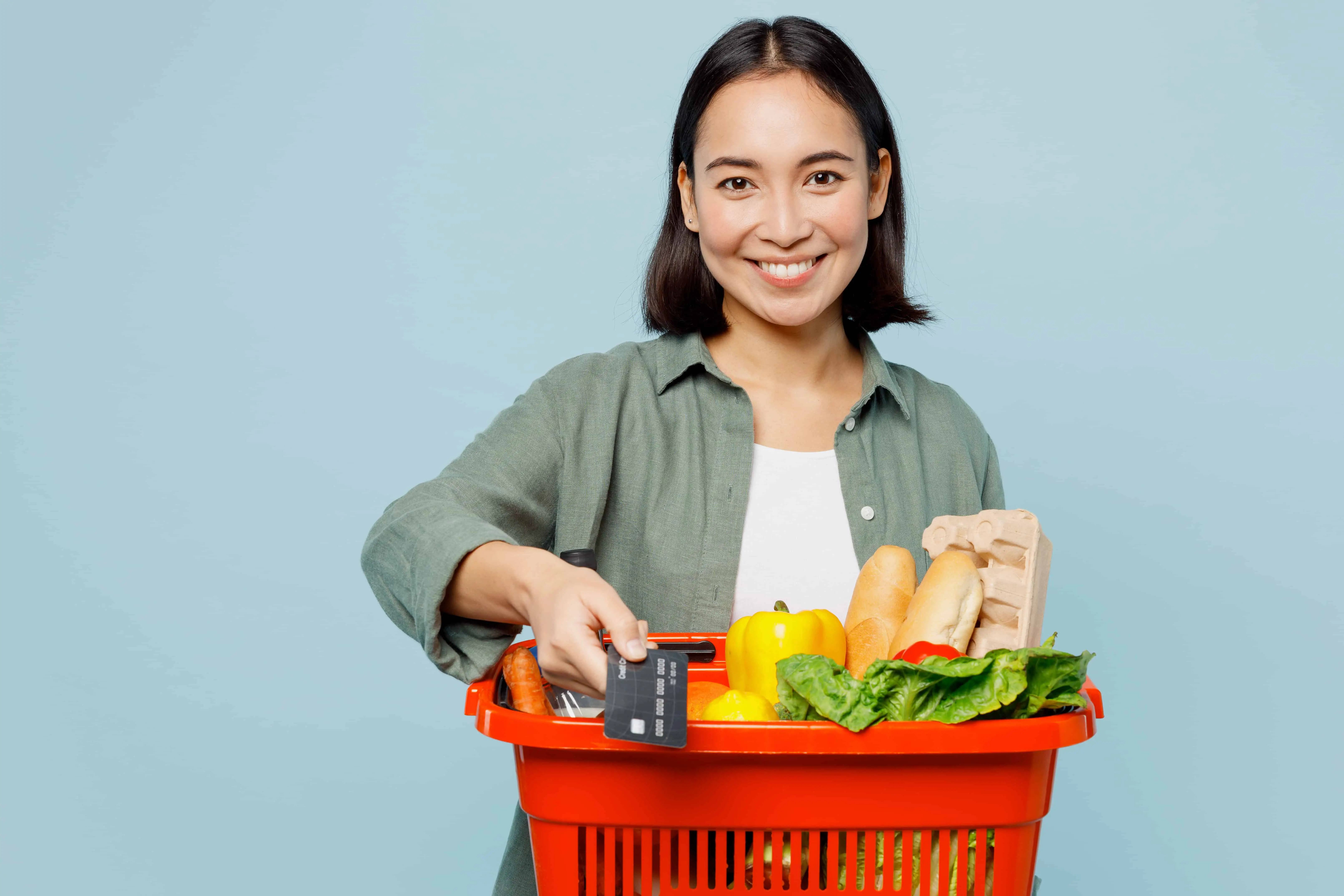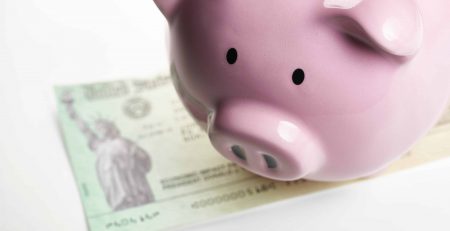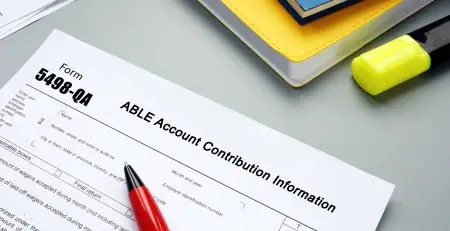Understanding the ins and outs of the Supplemental Nutrition Assistance Program (SNAP) can make a big difference for those in need. This program is a crucial support system in the United States, aimed at helping people with limited financial means to buy necessary food items. It provides a practical solution to food insecurity by offering monthly assistance through a system similar to everyday shopping. From seniors to working-class families and those in between, SNAP reaches a diverse group of people, ensuring that access to healthy food is a right, not a privilege. That’s why it’s important to know how SNAP works, who it benefits, and how to effectively use the support it provides!
Understanding SNAP Benefits
The Supplemental Nutrition Assistance Program (SNAP) is a key part of the U.S. plan to fight hunger. It helps people and families with not much money. This government program is very important. It gives food support to many households that don’t earn much. This ensures they get enough to eat.
SNAP fights food insecurity with an easy system similar to regular shopping. People get monthly funds on Electronic Benefit Transfer (EBT) cards, like debit cards. They can buy groceries from many stores. The program helps different people. This includes seniors with small pensions, working families with many jobs but little money, and those who are jobless or disabled. SNAP sees good food as a basic right for everyone, no matter their income.
Who Can Benefit from SNAP?
To qualify for this help, you need to know about income limits and other rules. These include how big your family is and your expenses. This helps understand each person’s money situation. The rules are mostly the same in all states, but some small changes depend on local living costs. You can find out if you qualify by checking with state agencies or online. They give clear information for those who want to know if they meet the program’s requirements.
How to Use Your SNAP EBT Card
If you’re new to the Supplemental Nutrition Assistance Program (SNAP), it’s important to learn how to use your Electronic Benefits Transfer (EBT) card. It works like a debit card with your monthly food money from the government. With this card, shopping for groceries is easier.
Your EBT card lets you shop at many places for food. Most grocery stores and lots of farmers’ markets take them. You can use the USDA’s online tool to find stores near you that accept the card. You can also buy food online with these cards. This makes getting food easy from home. But remember, the goal is to spend wisely to get the most nutritious food.
What Can You Buy with SNAP Benefits?
Shopping in stores or online can be confusing, but it gets easier when you know what SNAP covers. It’s mainly for buying food to eat at home like fruits, vegetables, meat, dairy, and bread. You can also buy seeds and plants if you like to grow your own food. But, you can’t use SNAP for things like alcohol, ready-to-eat meals, etc. These don’t match SNAP’s aim to provide nutritious food for good health. This is important because SNAP helps build healthy communities everywhere.
The Monthly SNAP Allowance
Every month, households in the SNAP program get a certain amount of money for food, known as an allotment. This amount depends on how much the household can spend on food themselves. Generally, it’s expected that households will use about 30% of their own money for food. The amount that a household can get depends on factors like their size. The following examples are some allotment limits that are in place depending on the household size:
- $535 for a 2 person household
- $1,386 for a 6 person household
- $1,751 for an 8 person household
- Each extra person after a household of 8: +$219
Keep in mind your state allotment maximum may be different!
Eligibility Requirements for SNAP
If you’re looking to receive assistance from the Supplemental Nutrition Assistance Program (SNAP), there are specific criteria you must meet. These guidelines ensure that the program supports those in genuine need. Factors such as your earnings, family size, and employment status are taken into account. Remember, each state may have different requirements, so it’s crucial to be familiar with your state’s specific rules. To be eligible for SNAP, generally, your income should be low – typically at or below 130% of the federal poverty line before any deductions. Additionally, aspects like your assets and residence play a role in eligibility. Be prepared to provide evidence of your financial situation to the SNAP office in your state. Also, be aware that any changes in your circumstances can impact your eligibility for SNAP benefits.
Applying for SNAP Benefits
If you’re dealing with financial troubles, applying for the Supplemental Nutrition Assistance Program (SNAP) can be very helpful. The process might look hard, but it’s easier once you know what to do. Start by finding your local SNAP office or an online site to apply. Each state has its own way of doing things, so know your state’s system. Applying for SNAP is free and usually simple. Before applying, collect important papers. You’ll need things like your ID (like a driver’s license), proof of income (like pay stubs), bills for expenses, and details about everyone in your household who needs SNAP. This paperwork shows your need and helps decide if you qualify. Being well-prepared makes the rest of the process smoother, helping you get the food support you need.
Conclusion
The Supplemental Nutrition Assistance Program (SNAP) stands as a beacon of support, offering a helping hand to those facing financial difficulties in the United States. It’s not just about providing food; it’s about fostering a community where everyone has the chance to access nutritious meals. Whether it’s understanding eligibility, using the EBT card, or knowing what to buy, SNAP ensures that food support is accessible and practical. As households across the nation benefit from this program, it strengthens the idea that healthy eating is a fundamental right. For anyone struggling to make ends meet, exploring SNAP can be a crucial step towards stability and better health. Make sure you aren’t missing out on any available support.











